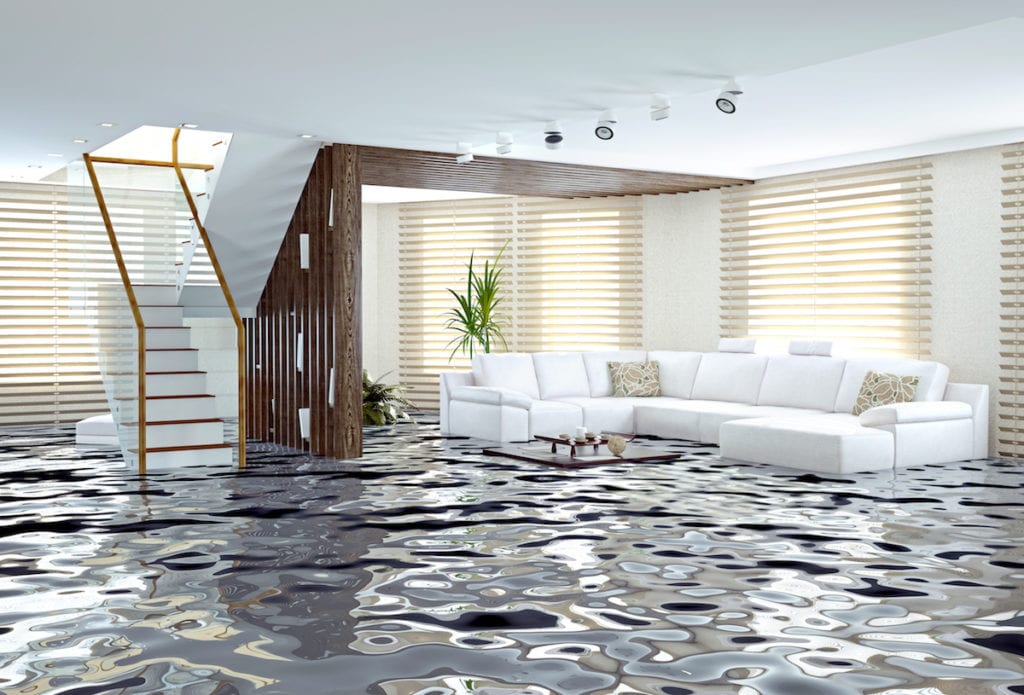Does rainwater flood your basement quite so often? It would be best if you felt terrible and helpless, significantly when this water damage affects your home laundry system and other plumbing in the basement. You first deal with the water issue in the basement and then find a solution for collateral damage.
The fact is that a DIY approach to dealing with water in your basement won’t work. You need to hire expert waterproofing contractors who inspect your space and suggest some quick and permanent fixes. Let’s explore solutions to water damage in your basement.
Understand Wet Basement Issue
Your porous concrete walls and floors offer an entry point to groundwater, which seeps in and wet your basement. You don’t keep up with basement maintenance. Rusty windows and a clogged window will always welcome rainwater. Your basement has appliances and pipes; water evaporation from them also adds to the overall moisture level of the environment. Dark and white stains on your basement walls are tell-tale signs of water damage and moisture problems.
Gutters & Downspouts
When your home has water all around the basement, foundation repair contractors ask you to do proper drainage. For this purpose, they usually start cleaning the gutters and unclog the downspouts. Rainwater has heavy pressure, so you need downspout extensions to channel rainwater as far as four feet away from the foundation.
If you don’t want water to damage your basement, you need to maintain your home gutters from time to time. During the rainy season, try to check these gutters. Overflow of water will start affecting your basement walls, and you might notice cracks when this problem is left untreated. Start with outside water handling and then go with other options.

Interior Vs. Exterior Drainage Systems
A basement waterproofing company always takes two practical approaches to manage water in your basement: interior drainage, and the other is named exterior drainage. You need to understand the positive and negative aspects of both waterproofing systems. This 360-degree view of both solutions lets you pick the one solution that suits you.
Interior Drainage
As the name explains a lot, a waterproofing contractor will dig soil inside your basement floor to install interior drainage, which is usually connected to a sump pump. Besides, interior waterproofing also requires installing a dehumidifier to maintain the humidity level of the basement.
You don’t want to put it at stake when you have a beautiful garden landscape by going with exterior drainage installation. Thereby, you like to go with the interior drainage idea. As this solution addresses water intrusion’s main concerns, so nothing is wrong with this one.
As the installation is quick and safe, contractors won’t charge you a lot. People with tight pockets can still waterproof their basement with this option.
The only problem with interior drainage is that it doesn’t fix water problems outside your basements, such as clogged gutters and poorly graded yards.
Exterior waterproofing
It is undoubtedly the best option as you dig the soil outside and install drainage that deals with exterior water problems. You should add this system during home construction. It won’t let water find an entry into the basement. However, it doesn’t address the water problem inside the basement. Only a waterproofing company can tell you what option will work best for you.






